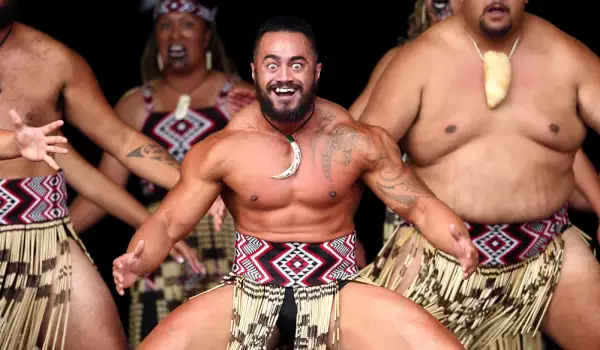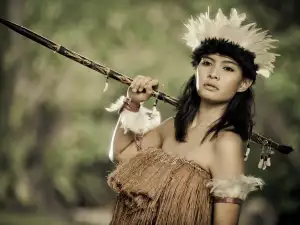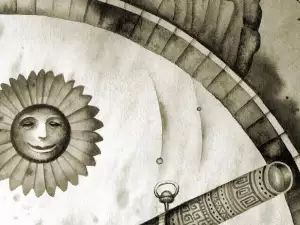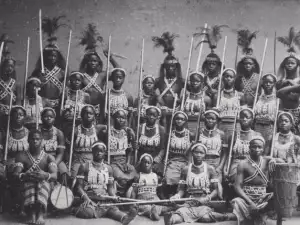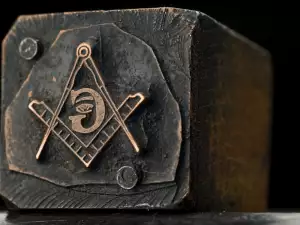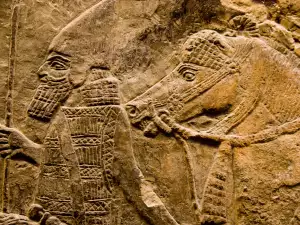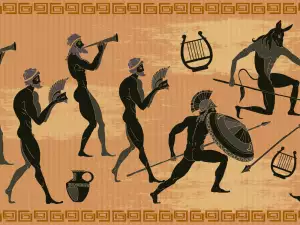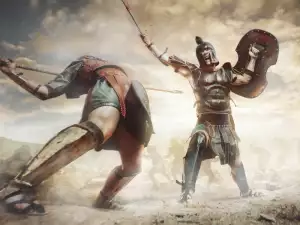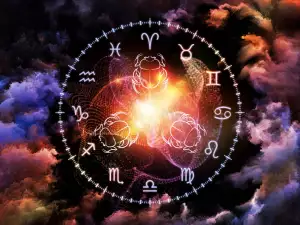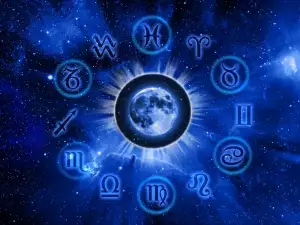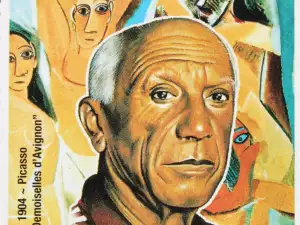The Haka Dance is a collection of vigorous movements demonstrating strength and bravery, which the Maori of New Zealand used to instill fear into their enemies. This old tradition is still kept alive by many rugby teams in the country.
The dance was always performed before battle, which the Maori used to summon their strength and manliness, while at the same time attempting to frighten their enemies via the sinister facial expressions used while dancing.
Haka features energetic leg and arm movements, a protruding tongue, as well as displaying the whites of the eyes. Various instruments representing the strength of the tribe are also used depending on the specific type of dance.
The voice and body language combined to express courage and anger. Through this dance the Maori believed that they mustered strength and energy for overcoming the difficulties ahead in the coming battle, as well as assuring victory.
In Maori mythology it is said that the dance was bequeathed to them by the Summer Maid Hine-Raumati. The Haka Dance was first documented by Sir Peter Henry Buck, a New Zealand doctor who observed how the Maori prepared to attack an entrenchment.
Although considered a war dance, the Haka is not performed solely before battle, it is performed prior to important celebrations as well. In some regions of New Zealand served as a ritual for welcoming guests as well.
In modern times, the dance is performed by nearly all New Zealand rugby teams. Haka was first used during a rugby match back in 1884.
Currently the All Blacks rugby team performs one of the most popular versions of Haka - Ka Mate, originally used by the Maori warrior tribe Ngāti Toa, in turn led by Te Rauparaha.
In June the World Rugby Federation announced that the best Haka ever performed was the one during the 2011 Rugby World Cup Final in Auckland, where the New Zealanders hosted the French. The New Zealanders won that disputed match 8:7.
